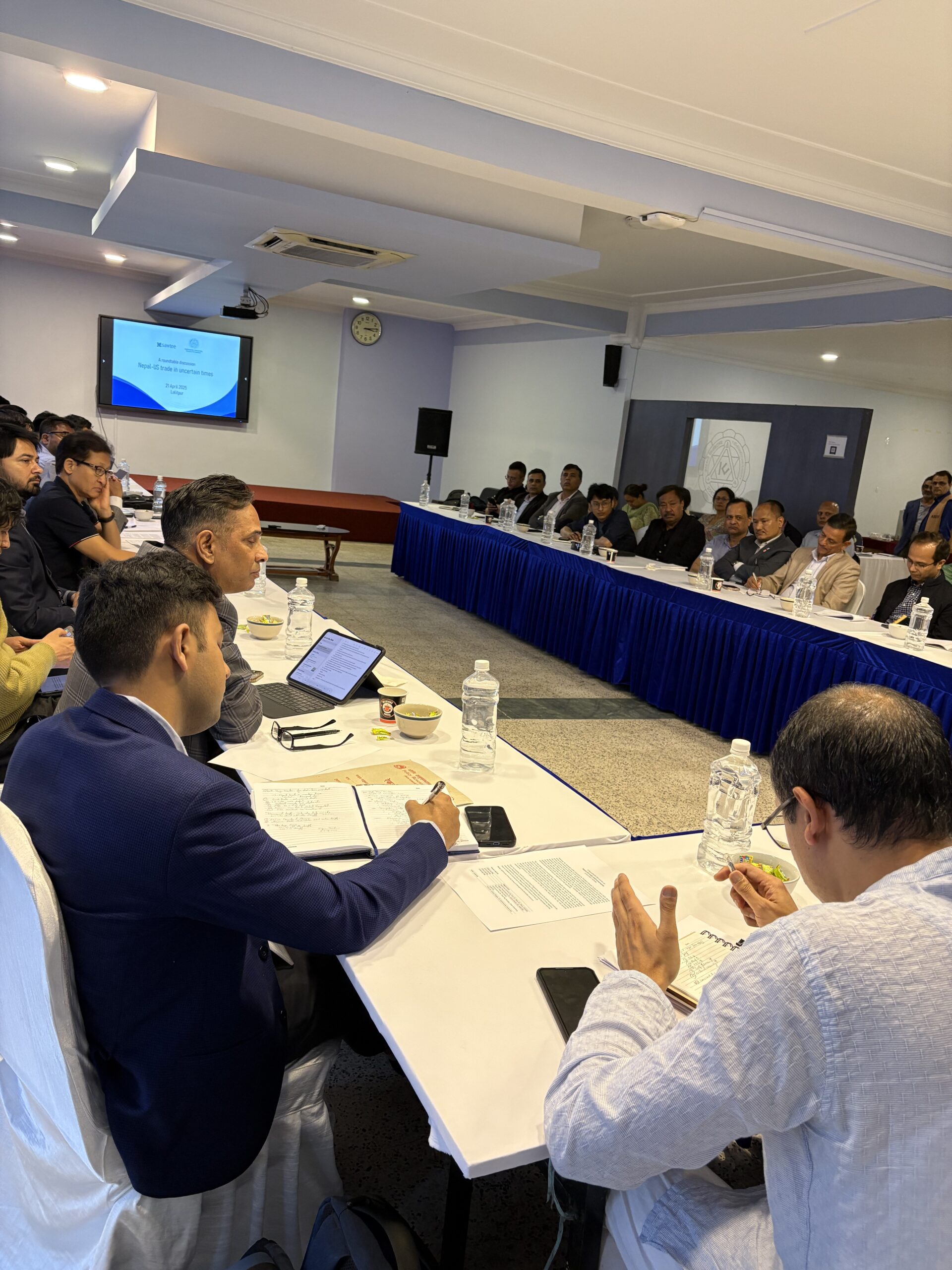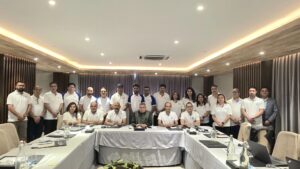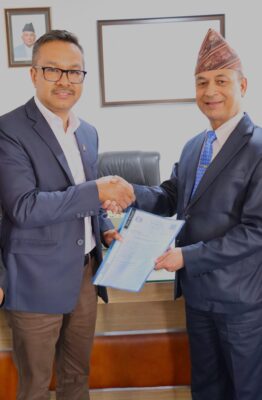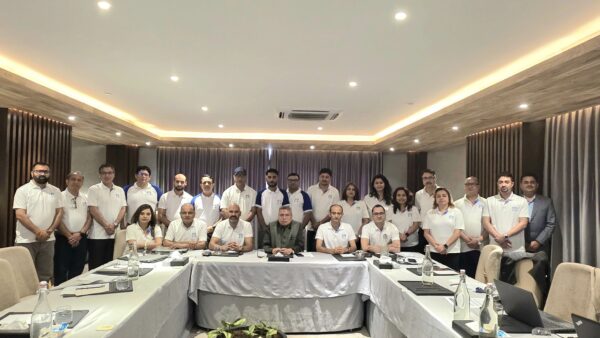SAWTEE Highlights Limited Economic Impact of US Reciprocal Tariffs on Nepal Amid Growing Trade Uncertainty
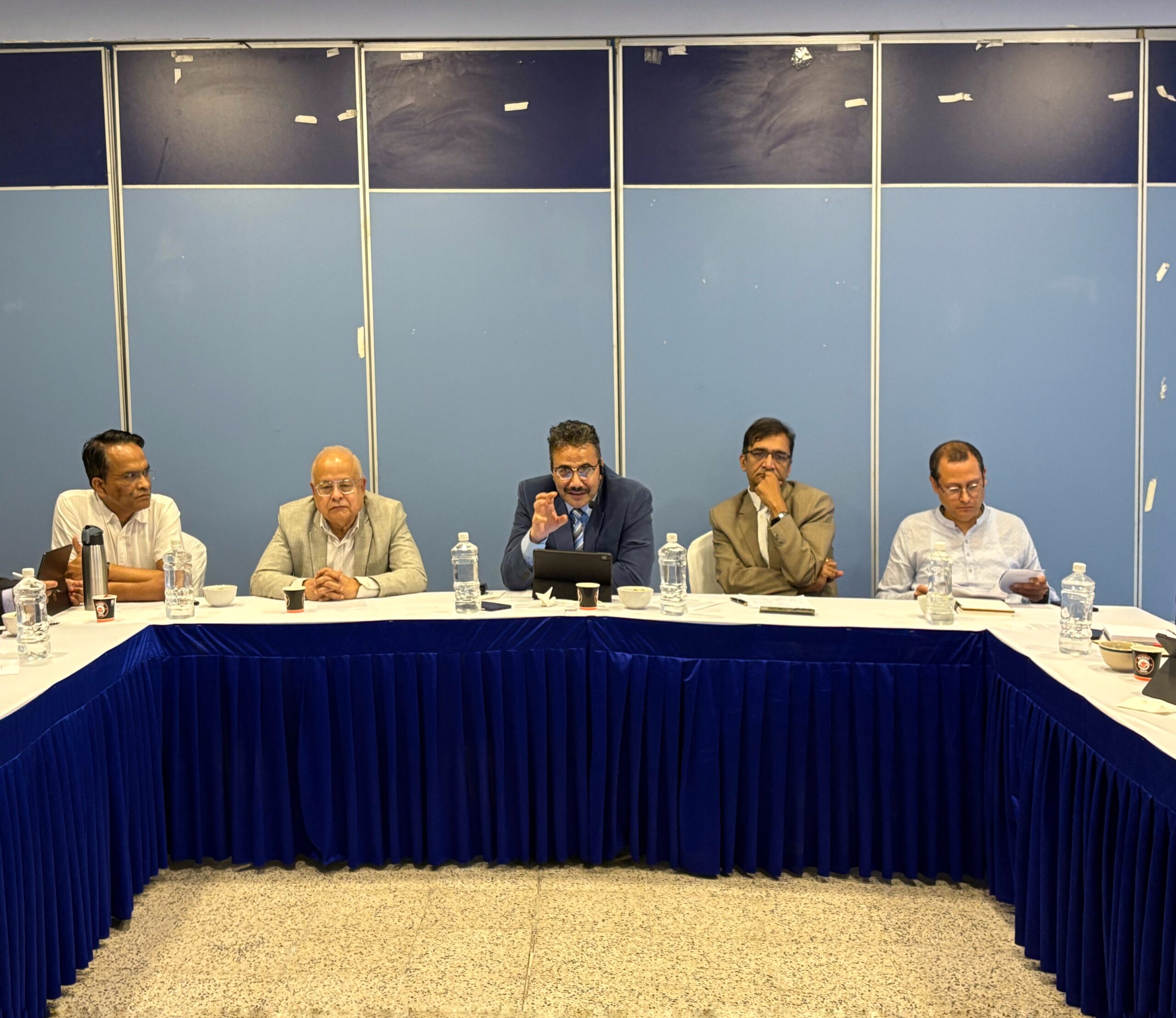
Kathmandu, April 22. South Asia Watch on Trade, Economics and Environment (SAWTEE) has released a comprehensive issue note analyzing the potential implications of the United States’ proposed reciprocal tariff scheme on Nepal, warning of modest but notable impacts on Nepal’s export economy.
The report, titled “Decoding US’ Reciprocal Tariffs: A Nepali Perspective,” is co-authored by Dr. Paras Kharel, Executive Director at SAWTEE, and Mr. Kshitiz Dahal, Senior Research Officer. It was launched during a roundtable discussion jointly organized by SAWTEE and the Kathmandu University School of Management (KUSOM) under the theme “Navigating Nepal-US Trade amid Uncertainty.”
The event convened leading voices from exporters’ associations, academia, civil society, the media, and trade experts to deliberate on emerging trade dynamics and Nepal’s response strategies.
Limited Economic Impact, But Real Risks
According to the issue note, a 10-percentage point increase in tariffs on Nepali exports to the US could lead to a 0.0096 percent decline in Nepal’s Gross Domestic Product (GDP)—a relatively small yet significant figure considering Nepal’s limited export base. The report states that Nepal’s overall national economy is unlikely to be severely affected due to its small export basket, but specific export sectors could feel the pressure.
Nepal currently benefits from preferential access to the US market through various trade schemes. However, the proposed shift toward reciprocal tariffs by the US administration raises concerns over the durability of these preferences, introducing uncertainty for Nepali exporters.
The situation is further complicated by a 90-day pause in the implementation of the full reciprocal tariff scheme and ambiguity over its future, making it difficult for small economies like Nepal to prepare or adapt effectively.
Concerns Over Industrial Policy and Structural Gaps
During the discussion, Dr. Achyut Wagle, Vice Chancellor of Kathmandu University, pointed out Nepal’s heavy dependence on imported raw materials in its leading export sectors, such as readymade garments. “We focus on export products like garments, but the raw materials—textiles, yarns, etc.—are all imported,” he said. “This is not only a trade issue but also an industrial policy concern.”
Dr. Wagle emphasized the need for Nepal to develop backward linkages within its industrial ecosystem to increase resilience and competitiveness in the international market.
A Fragmenting Global Trade Landscape
Dr. Posh Raj Pandey, Chair Emeritus of SAWTEE, noted the global drift toward fragmented trading blocs, urging Nepal to actively explore sub-regional and regional trade arrangements as a means of strategic alignment.
Meanwhile, Mr. Madhu Kumar Marasini, Senior Fellow at SAWTEE and former finance secretary, cautioned that Nepal must first establish itself as an indispensable part of global value chains to gain leverage in trade negotiations. Until then, he advised a cautious “wait-and-watch” approach.
Risks of Becoming a Transhipment Hub
Private sector representatives at the event warned of the potential misuse of Nepal’s relatively lower tariff advantage by third countries seeking to reroute exports to the US through Nepal. While such transhipment could superficially increase trade volume, they argued it would not translate into job creation or tangible economic benefits for Nepal and might even provoke stricter restrictions on genuine Nepali exports.
Way Forward
The roundtable concluded with calls for strategic policy coordination, greater engagement with global and regional partners, and proactive steps to enhance Nepal’s domestic industrial capacity. The participants also emphasized the importance of maintaining vigilance amid changing global trade dynamics to safeguard Nepal’s long-term economic interests.
